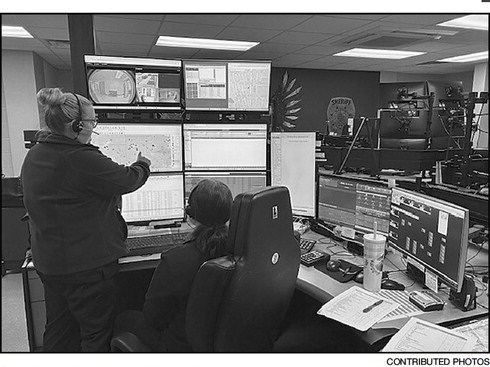A Day in the Life…


Each week in July, read about our series on careers in Clark County as explored by Valorie Brecht or Cheyenne Thomas.
Clark County dispatchers...


Each week in July, read about our series on careers in Clark County as explored by Valorie Brecht or Cheyenne Thomas.
Clark County dispatchers...